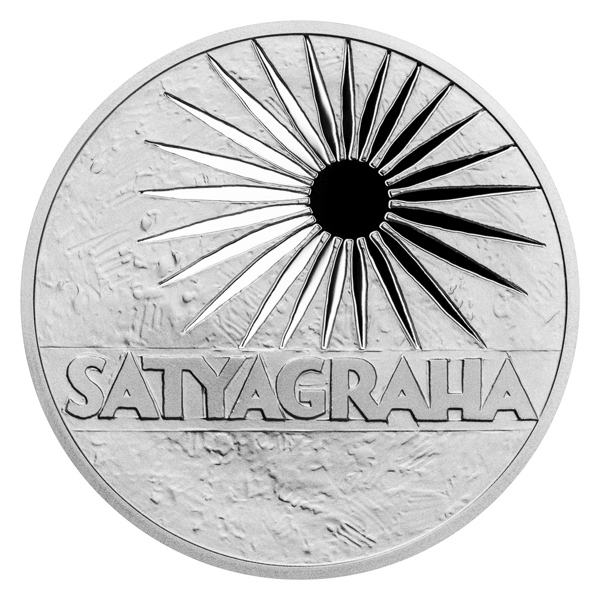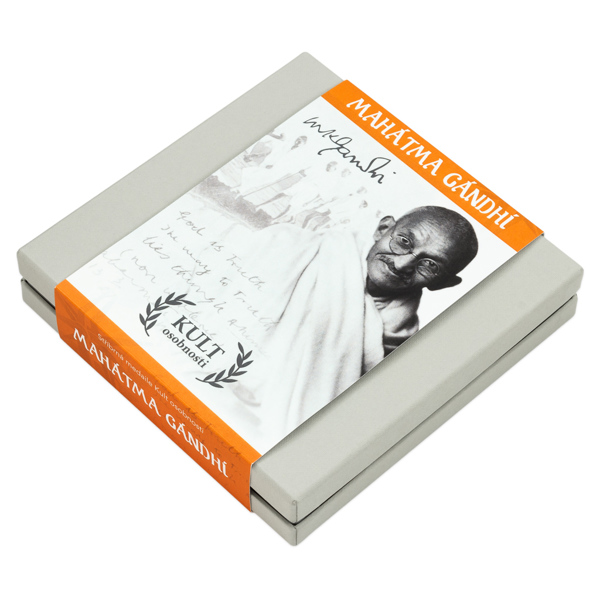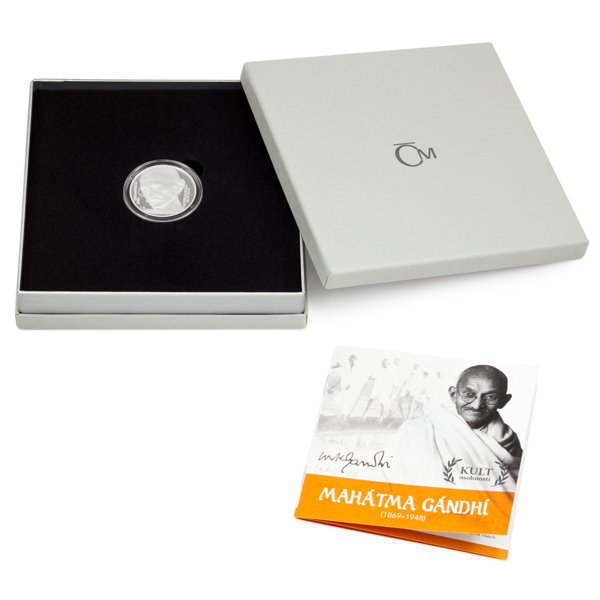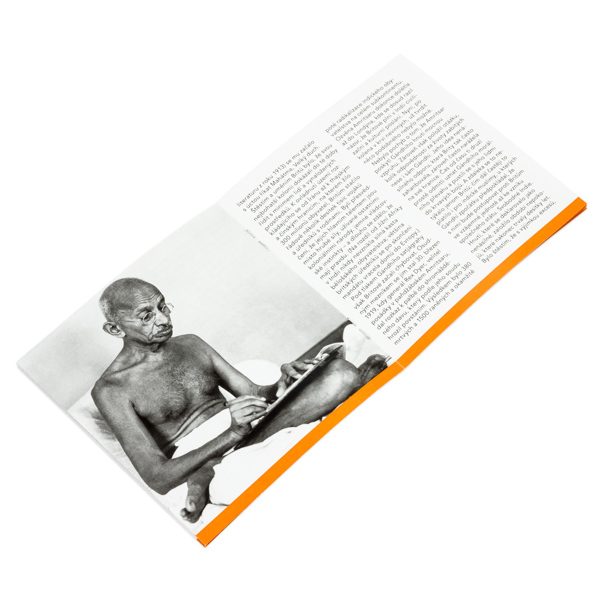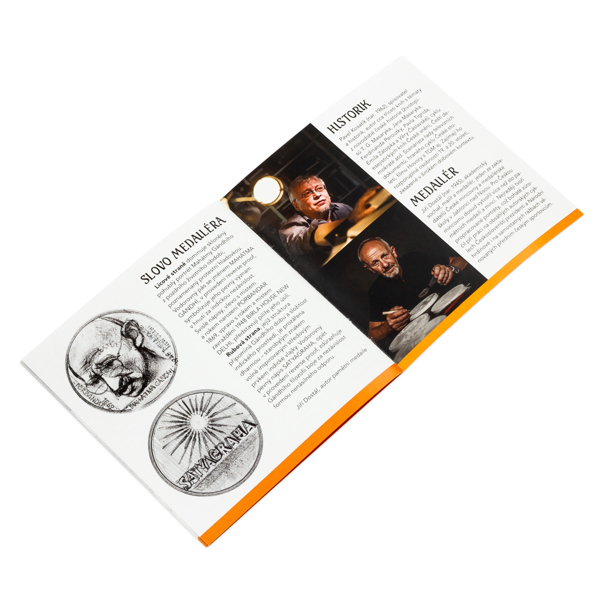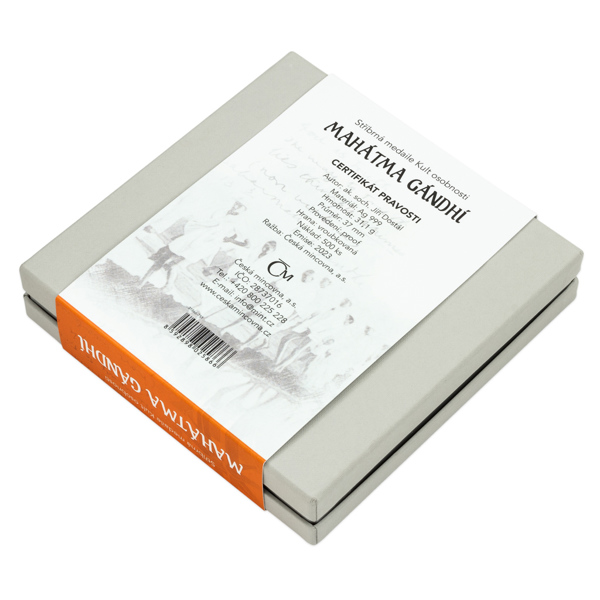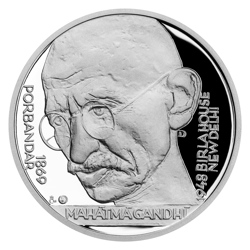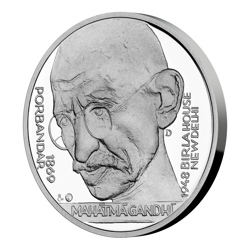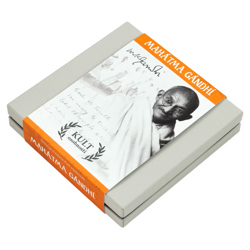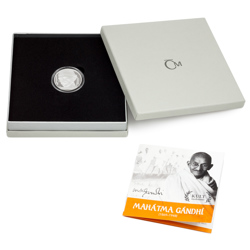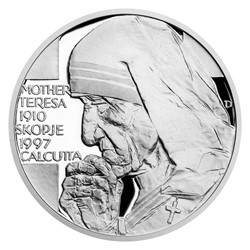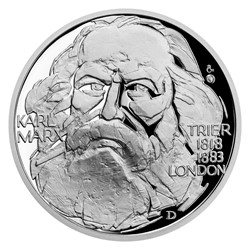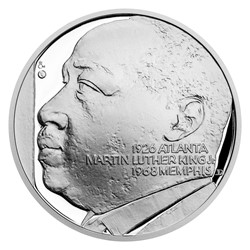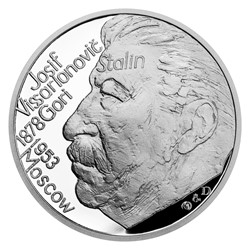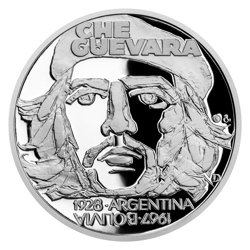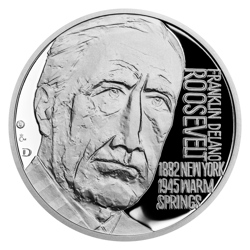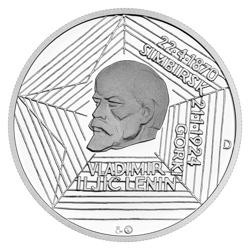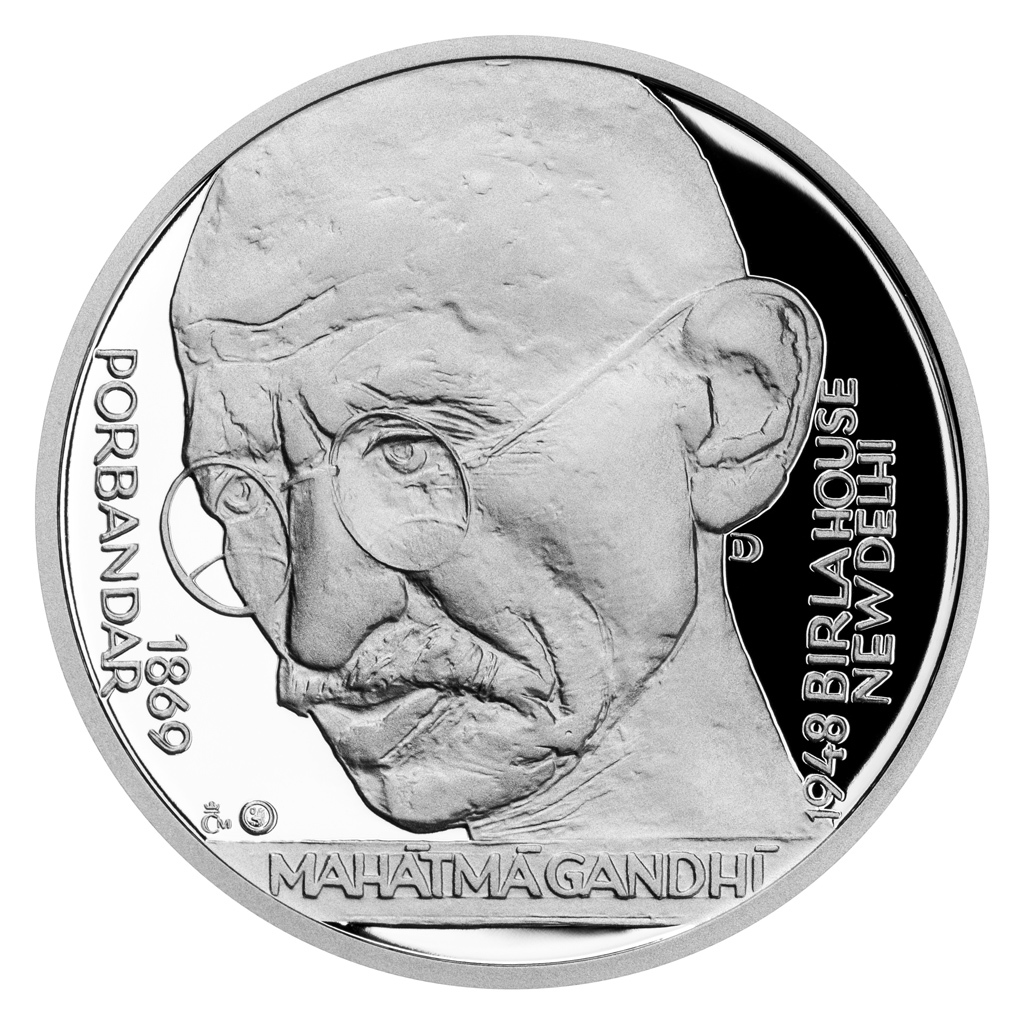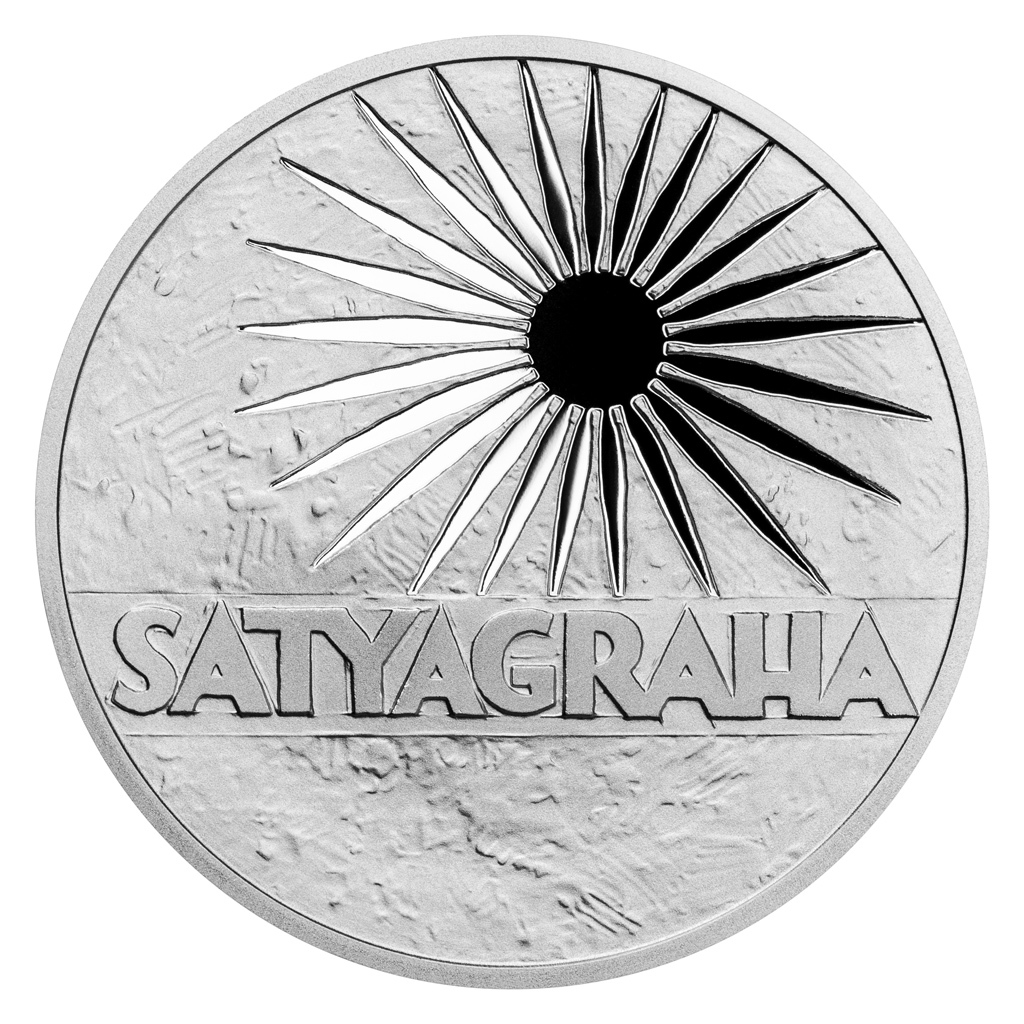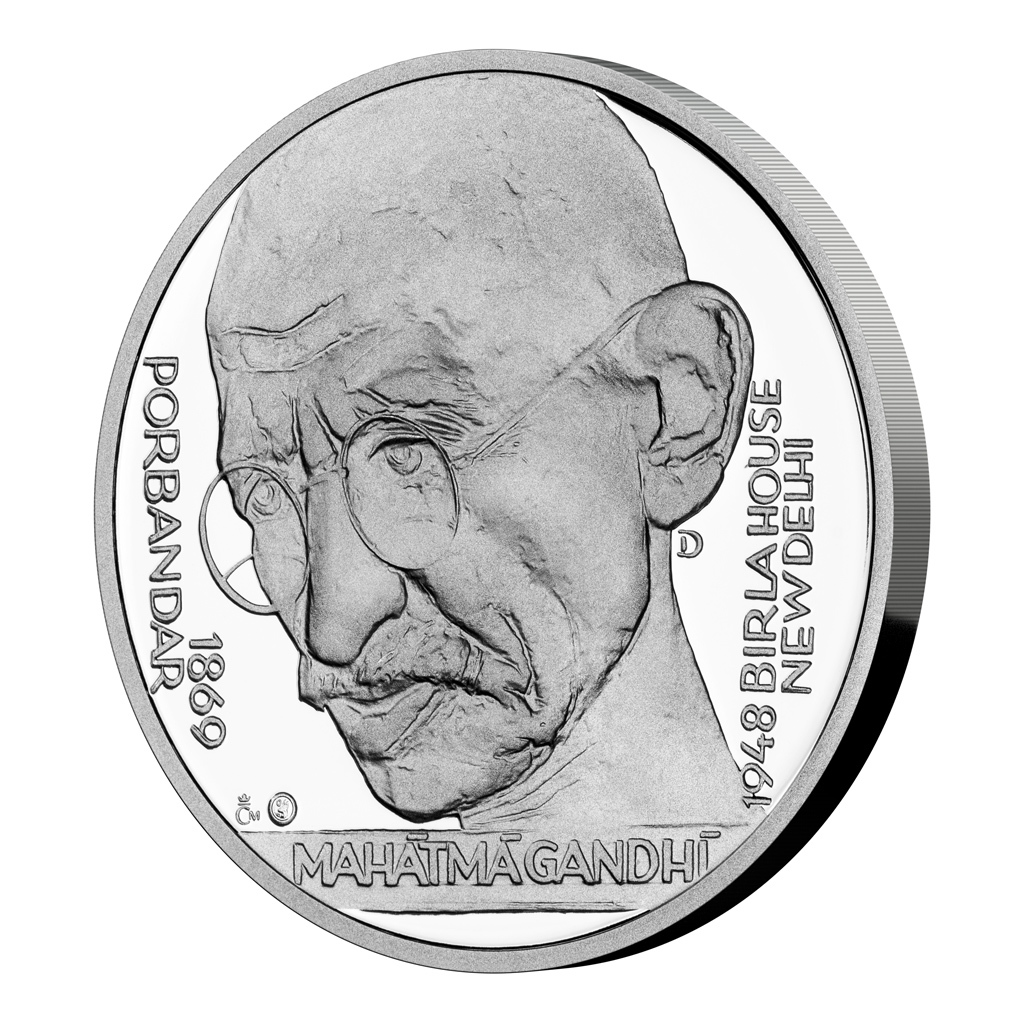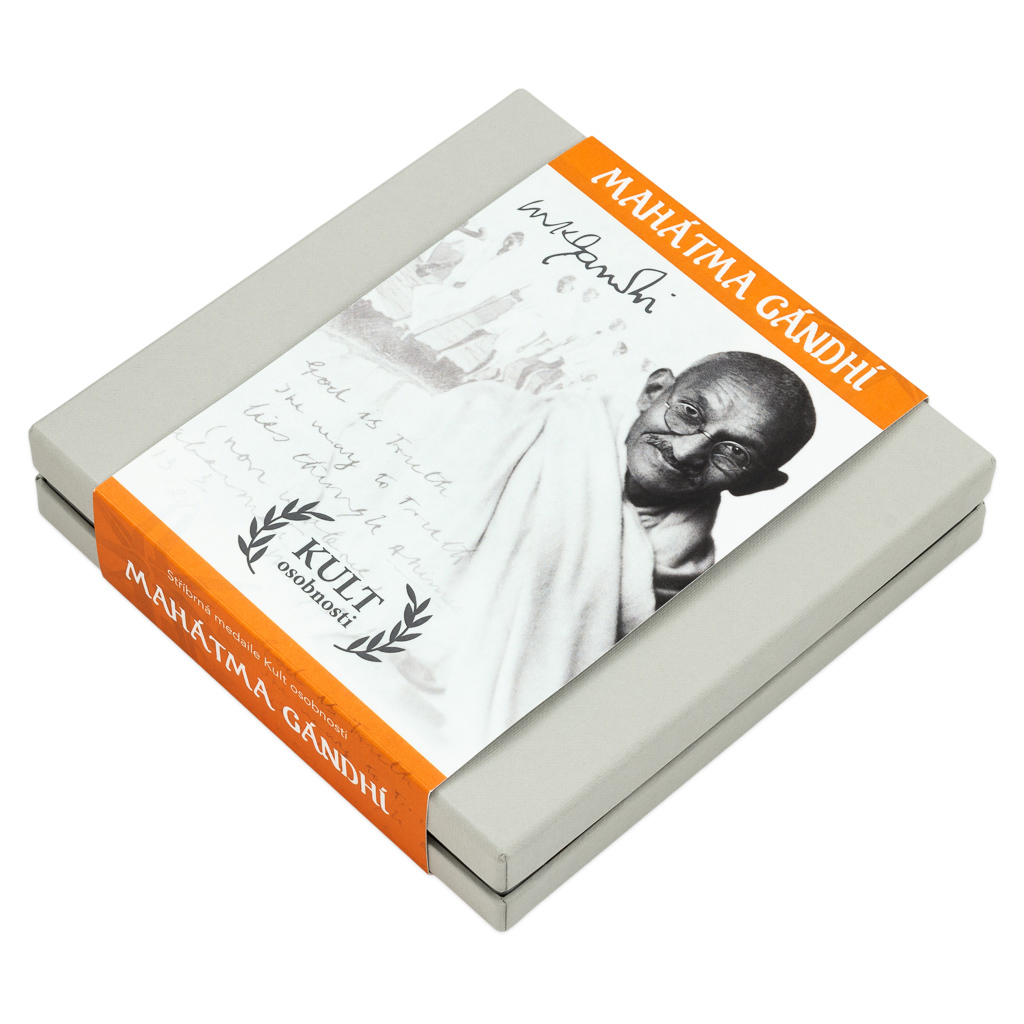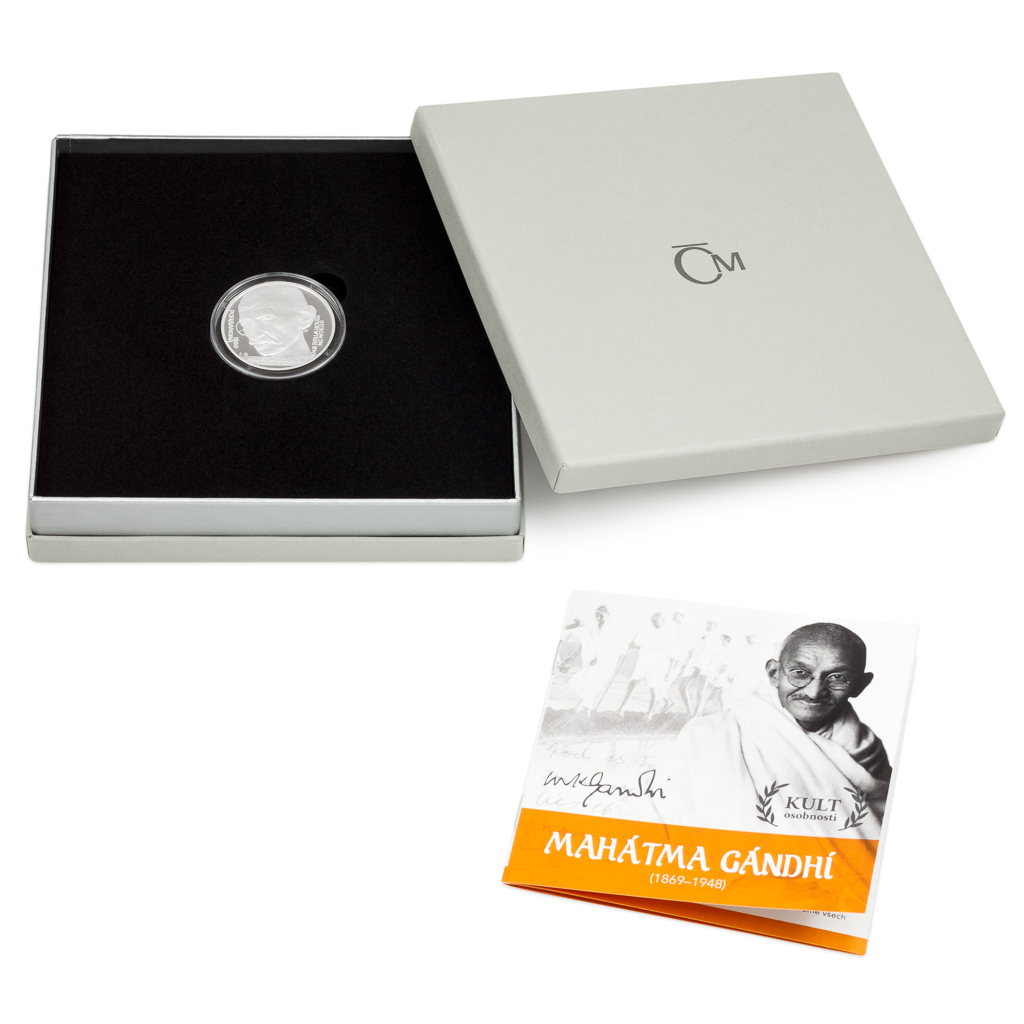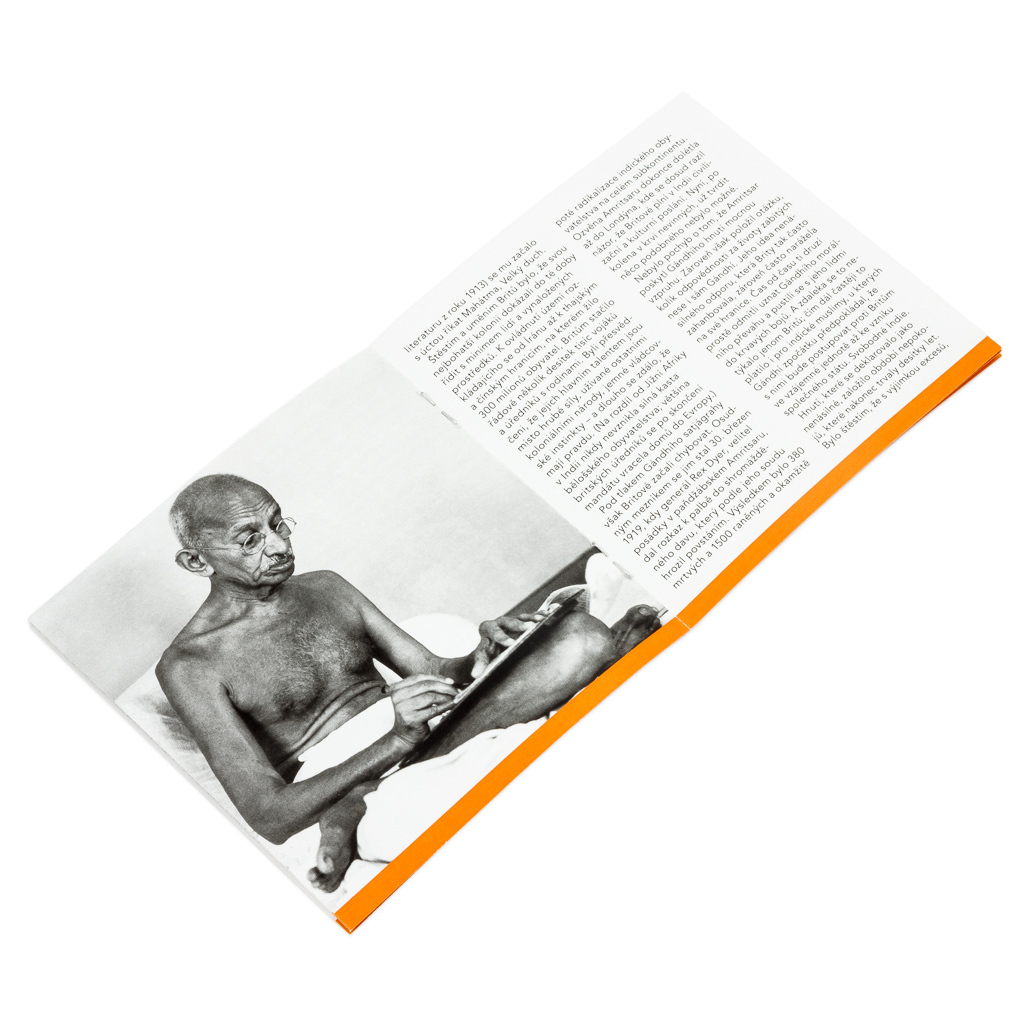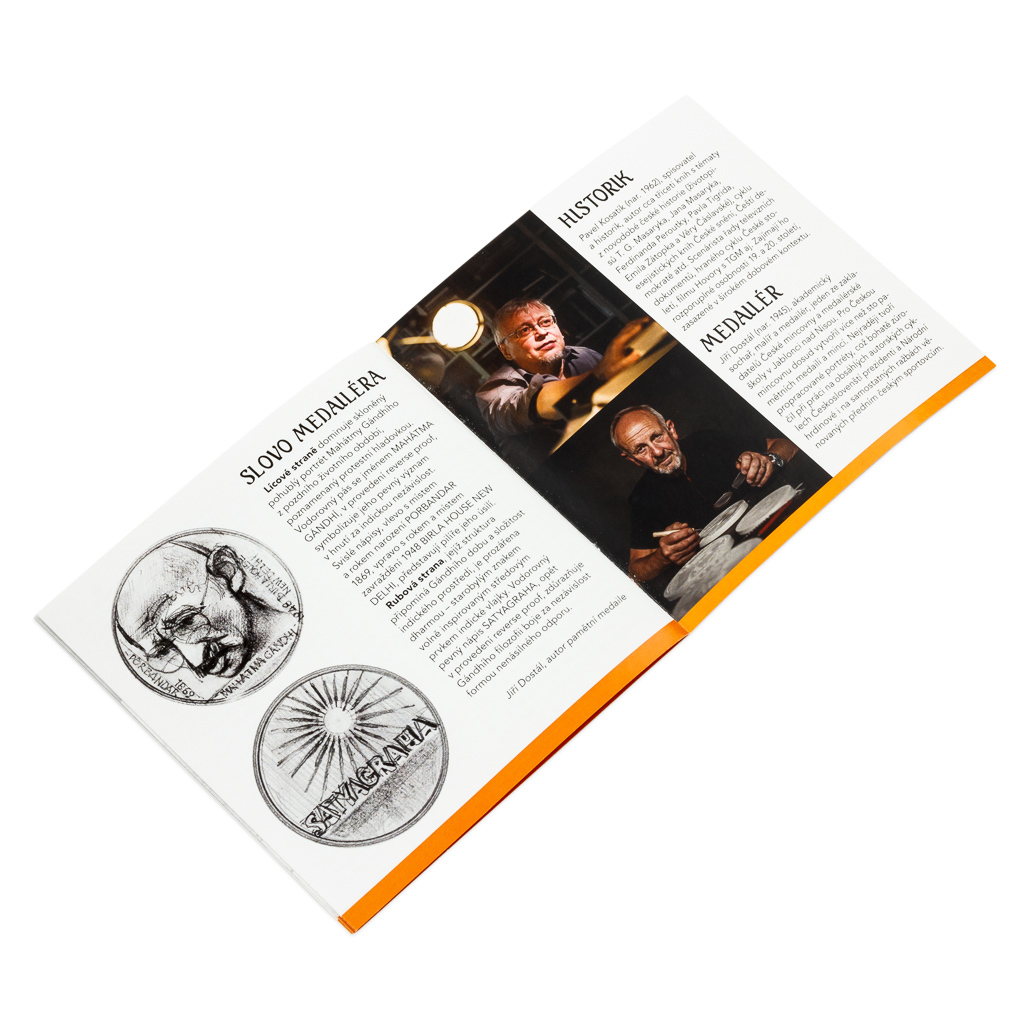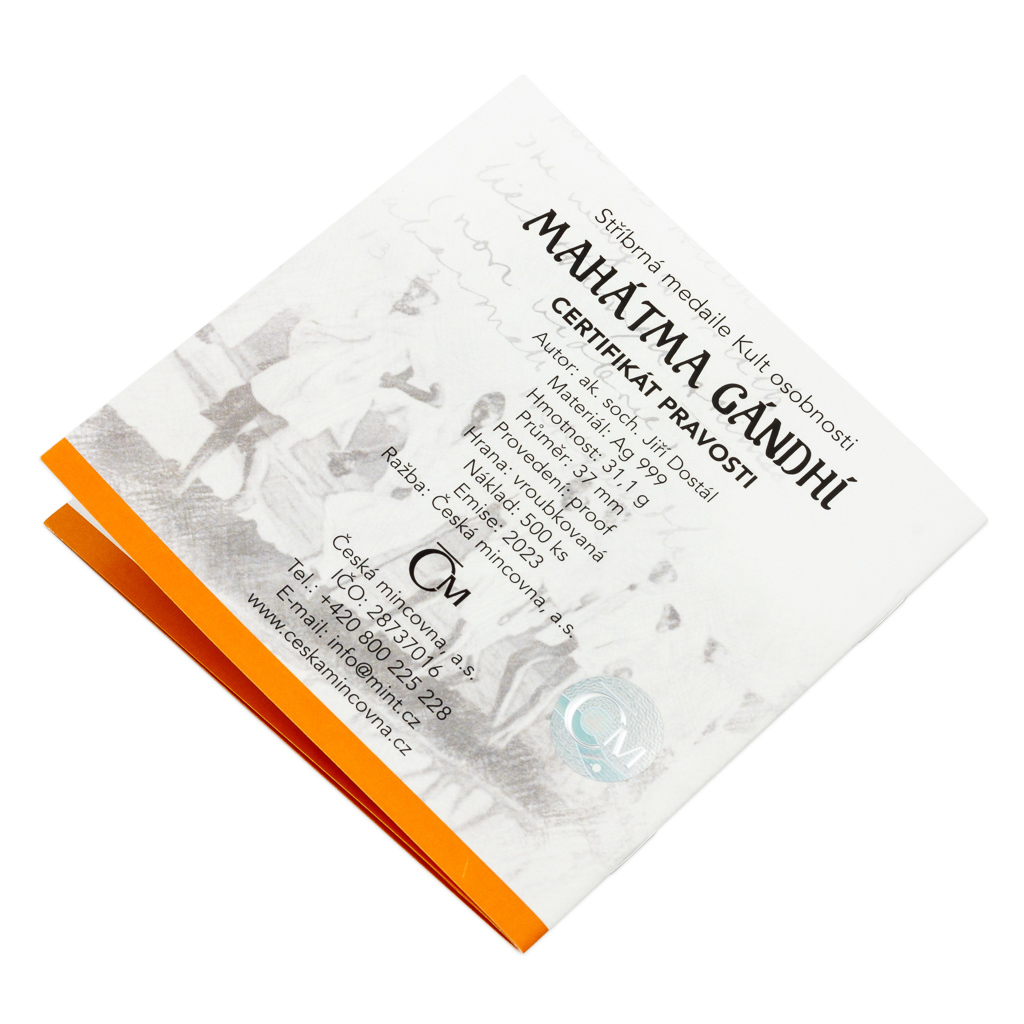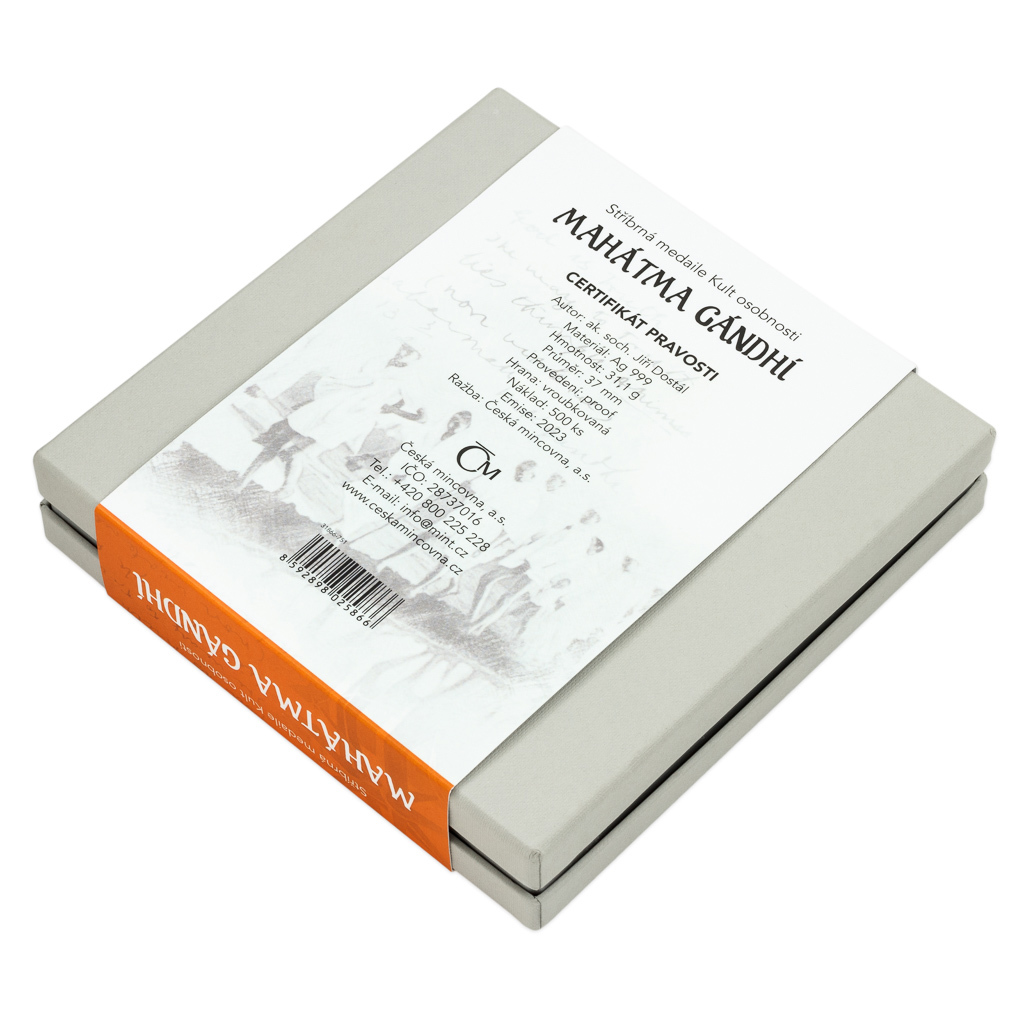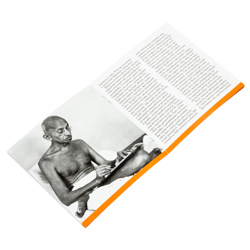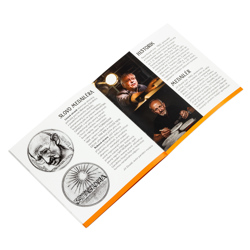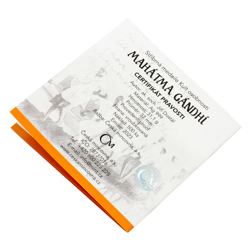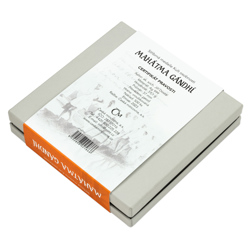Silver medal Cult of personality - Mahátma Gándhí proof
Silver medal Cult of personality - Mahátma Gándhí proof
The product can also be purchased directly in the stores of the Czech Mint
Cult of personality
The admired figure of Mahátma Gándhí appears on the fifth silver medal of the Czech Mint from the series called Cult of personality.
Mohandas Karamchand Gandhi was not great in body but in spirit. That is why he is known around the world as the Mahatma or the Great Spirit... He was born in 1869 in British-ruled India. His family was wealthy and influential and he could afford to study law at the University of London. Later, he travelled to South Africa for work, where he encountered racism unlike anything he had ever experienced before - for example, he was banned from a train when he refused to leave first class. Therefore, he became interested in politics and the issue of discrimination. He thought about how to fight injustice and eventually decided on a method of passive resistance that consisted of non-violently refusing to cooperate with autocratic power. After his return to his homeland, Gandhi joined the Indian nationalist movement and put his ideas into practice. Civil disobedience, the boycott of British goods, the burning of European clothes, ... - all these were means of driving the British out of India without spilling a single drop of British blood. Gandhi's consistent adherence to the philosophy of non-violence gave him the moral high ground over the colonialists. Although he was repeatedly imprisoned by the regime, he did not give up his unarmed struggle. For example, he was willing to walk 400 kilometres to highlight the unfair tax on salt. A number of his followers was growing and the British authorities were forced to deal with him. Gandhi achieved his goal after the Second World War, but although the British left India, there was no peace - the country was divided by conflict between Muslims and Hindus. It was then that Gandhi's peace-loving nature, which commanded him to preach religious tolerance, was again on display and ultimately proved fatal. The 87-year-old man who proved that victory could be won without a gun was shot dead by a Hindu extremist…
The obverse side of the medal, which is the work of academic sculptor Jiří Dostál, presents a characteristic portrait of Mahátma Gándhí, supplemented with his name and life dates. "The reverse side is illuminated with a dharma - an ancient emblem loosely inspired by the central element of the Indian flag. The inscription SATYAGRAHA emphasises Gandhi's philosophy of fighting for independence through non-violent resistance," the author adds.
An integral part of the issue is a special attachment offering an objective view of Mahatma Gandhi through the eyes of historian Pavel Kosatik.
 čeština
čeština
 slovenčina
slovenčina
 english
english

